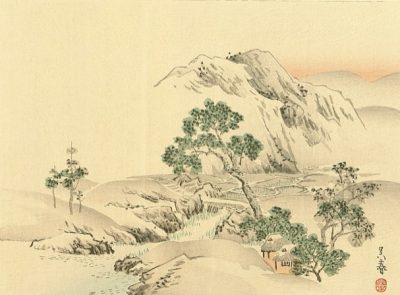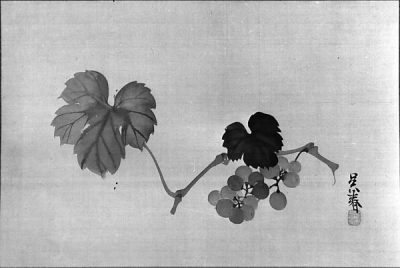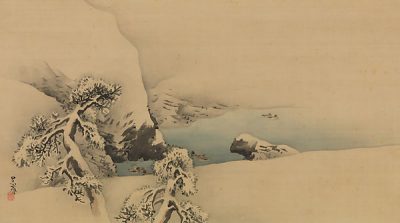Japan art and Goshun (1752-1811): The richness of Chinese and Japanese high culture
Lee Jay Walker
Modern Tokyo Times

The Japanese artist Matsumura Goshun (1752-1811) was brought up in a world where high culture was supreme. He was the eldest child of six children and born into a wealthy family. Therefore, from a young age, his family desired Goshun to focus on the splendor of high culture.
Often the image of Japan is an isolated nation based on the diktats of the Edo Period. However, the richness of the Middle Kingdom (China) prevailed in Japan. Hence, Goshun would learn the majesty of Chinese and Japanese culture from a young age.

Initially, he would obtain a firm founding of the cultural traits of the Middle Kingdom and his native country. Of course, fusions and alterations will have been a reality. After all, Buddhism in Myanmar is extremely different from the strains of Zen Buddhism and Nichiren Buddhism (to name just two).
One can imagine how the richness of Buddhism in Kyoto and Nara – and the pulls of the indigenous Shinto faith – along with Confucianism, Taoism, and other ideas impacted on him. Studiously studying art, calligraphy, classical history, literature, and poetry became his world. Naturally, Goshun became part of the literati and he became influenced by Yosa Buson (1716-1784).

In a past article, I comment, “Yosa Buson was also instrumental to Goshun in his development of literati painting and haiku poetry. Indeed, in Japan, Buson belongs to the trinity of exceptional Edo poets – the other two being Matsuo Basho and Kobayashi Issa.”
Despite the privilege of his early adult life, Goshun would witness bleak times in the early 1780s. This applies to the death of his father, wife, and mentor. Thus internal family grief and his mentor Buson passing away meant the cushions of his world were taken away.

Financially, Buson, like his parents, had been a cushion. Yet despite producing adorable art he struggled to make money.
In later years Goshun would alter his art after his encounter with Maruyama Okyo (1733-1795). Hence, the legacy of culture in Kansai was extremely important for Goshun based on the richness of Kyoto, Koyasan, and Nara. Meanwhile, Osaka was a safety net during times of economic struggles.
Overall, the lore of Chinese and Japanese high culture was instrumental for Goshun. Likewise, the richness of the Kansai region proved most beneficial.

PLEASE SUPPORT MODERN TOKYO TIMES by DONATING
Modern Tokyo News is part of the Modern Tokyo Times group
DONATIONS to SUPPORT MODERN TOKYO TIMES – please pay PayPal and DONATE to sawakoart@gmail.com
http://moderntokyotimes.com Modern Tokyo Times – International News and Japan News
https://www.pinterest.co.uk/moderntokyotimes/ Modern Tokyo Times is now on PINTEREST
http://sawakoart.com – Sawako Utsumi personal website and Modern Tokyo Times artist
https://moderntokyonews.com Modern Tokyo News – Tokyo News and International News
PLEASE JOIN ON TWITTER
https://twitter.com/MTT_News Modern Tokyo Times
https://www.facebook.com/moderntokyotimes/ Facebook